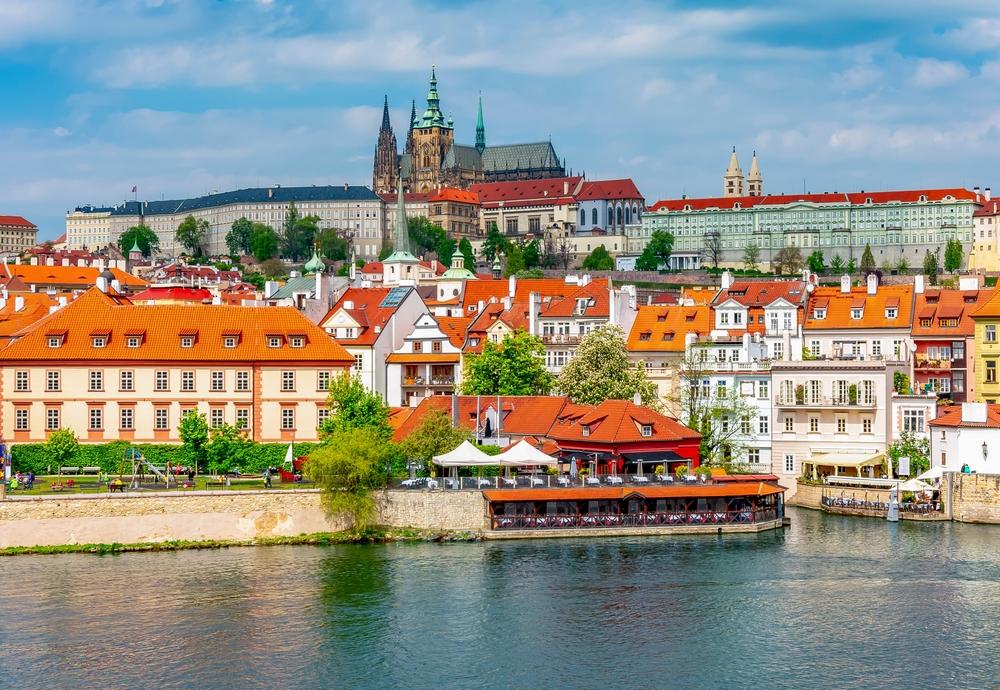With a rich history spanning more than 1,000 years, Prague Castle, located in the heart of Prague, is the largest ancient castle in the world and an integral part of the city’s cultural landscape. Once the seat of Bohemian kings, the Prague Castle complex—which includes St. Vitus Cathedral and the Basilica of St. George—has had various styles added to it throughout the centuries.
Prince Borivoj, the first Christian prince of Bohemia, established the castle around the year 880. The castle’s strategic location allowed the first Bohemian rulers to safeguard their kingdom. During the ninth century, the grounds underwent a significant transformation with the addition of the Church of the Virgin Mary, which would later be rebuilt after a fire in the 11th century. An earlier rotunda named after St. Vitus was built in 925.






